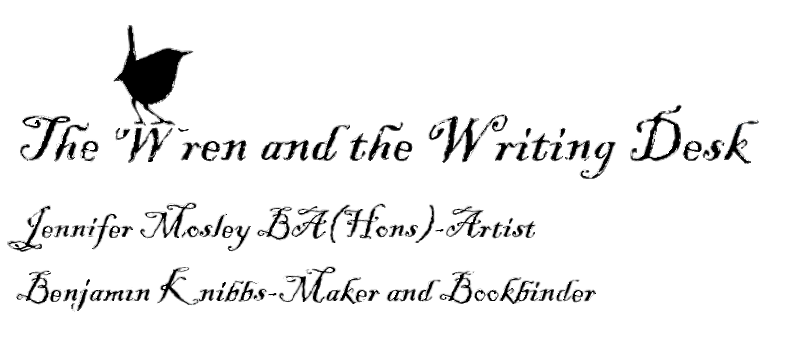“Each replaces a body and alludes to its now – stilled movements. These works are emphatically mortuary, and, as do photographs, each prolongs a presence: a child with its fairy tales, a woman whose desire for physical movement is represented by photographed body parts, a mother with age inscribed in the lines on her hands and breasts.”
Messager’s methods recalls the writings of Brono Bettelheim, which she admires: he asserted that fairy tales have a psychological function for children: they gain an understanding of the world not only through rational comprehension of it but by imaginary experience. Messager mixes up ordinary objects with fairy tale concoctions like the Man in the Moon “and mythical characters such as the weaver Arachne to create a visual fantasia that cannot be interpreted rationally.”
“The fairy tales I love seem amusing and funny, but in fact they’re terrifying and cruel at the same time. I would like to achieve that kind of effect, and not out of cynicism but because I am caught up in my contradictions, in my fears.”
Messager thinks she is “always between fairy tales and popular religious images like ex votos.” which she is very fond of.
“In fairy stories the hero or heroine is thrown into serious danger at the very beginning of the story. It’s a magnification of real life in which the calm, friendly world can suddenly turn unstable, bristle with threats and dangers.”
Further on in the interview with Robert Storr, Messager proceeds with her discussion about fairy.
“I like these highly codified fetishistic rituals in which the hero has to find the foot to fit an abandoned shoe or gold ring. Everything is inflated, amplified, theatricalized. In fairy tales women can only be fairies or princesses, witches or wicked stepmothers, they always have to play highly codified roles like those I have attributed to myself.”
Messager incorporated a sense of fairy tale magic in her series Chimaeras (Chimeres) 1982 large “photographic composites” which have taken the shapes of the bogeyman. Chimaeras attract and disgust simultaneously.
“These installations are lurid and luxurious, oversize, overpainted, over theatrical, they breach ‘decorum and violate’ the integrity of both painting and sculpture with a hysterical disorder.”
Chimaeras are imaginary creatures that seem to belong in fairy tales, and are usually given a female personality or identity: bats; witches; bare and twisted trees; giant spiders and oversize objects, such a scissors and keys where size is threatening are combined with photographs of various body parts, blown up, torn, painted, mounted on canvas. Messager explains:
“For me, it’s a ‘natural’ gesture to rip bodies apart, cut them up…It’s also my desire to reveal scraps, fragments, instants of things; so that there are only a few precious traces, so that the viewer reconstitutes his or her own direction.”
Messager’s Chimaeras were specifically inspired by the symbolist painter Gustave Moreau’s 1884 ‘The Chimaeras’ Messager wanted to combine the fantastic and the horrific with imagery of daily life.
Chimaeras (Chimeres) 1982 - 84















